The S-5-S is a base-clamp used for mounting on standing seam roofs. For installation of Ice Dam Heat Tape, use along with our S-5 SR Clip.
$9.50 – $239.95

The S-5 is the preeminent solution for any mounting application on standing seam roofs. Combined with our S-5 SR Heat Tape Clip, ice dam heat tape can easily be mounted to your standing seam roof. Using the S-5 SR Clip your heat tape is re-positionable and doesn’t require any tools to loosen or alter the position of your heat tape.
The S-5-S (“S” stands for snap-lock) is a non-penetrating, standing seam metal roof (SSMR) clamp. The S is designed for most popular vertical snap-together profiles — typically with vertical dimensions of 1.5” (38 mm) and 1.75” (44 mm).
The S is also the perfect solution for traditional, single-fold (angle-seam) horizontal profiles of 1” (25 mm) and 1.5” (38 mm) seam height dimensions and all similar seam types.
In order for the S-5-S to fit the types of seams illustrated below, the finished seam must:
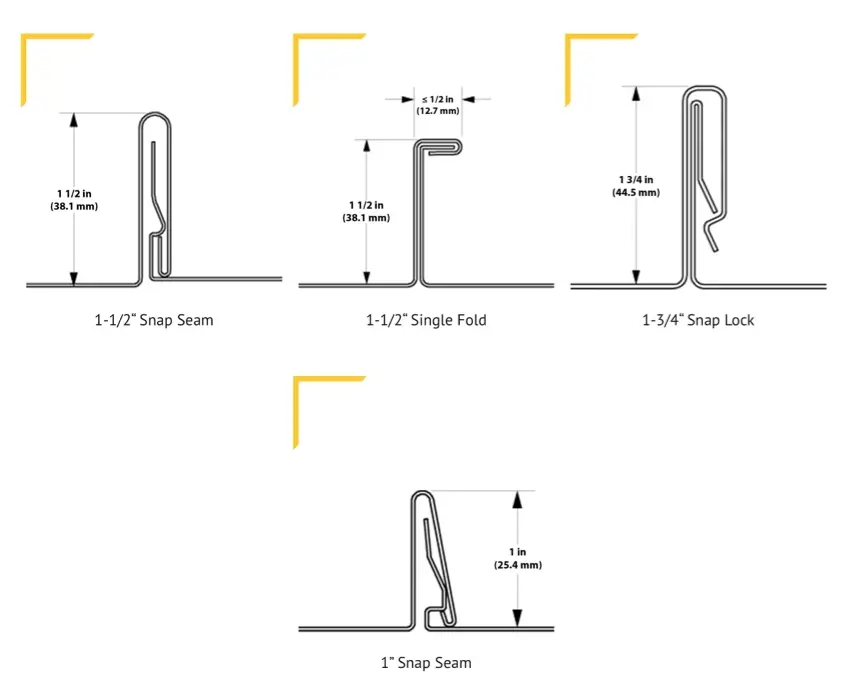
Installation is as simple as placing the clamp on the seam and tightening the round point Torx Drive (T30) setscrews to the specified tension. Then, affix ancillary items using the included bolt. (See Linked Installation Manual Above)
“Heat Tape Pro did exactly what I needed it to do. Now I don’t have to worry about water leaking into my house, because I can tell when it’s working by the little light on the end of the cable.”
-Michael P.
Amazon Customer
“This heat tape works as advertised. It was delivered to me fast, and although it’s a little complicated to install, the documentation is good..”
-Shaun D.
Radiant Solutions Customer
“I install thousands of feet of heat tape every year. This is the best stuff I’ve found to protect my customers homes and give them the piece of mind they need.”
-Patrick B.
Professional Installer
Radiant Solutions has the most comprehensive installation system for Heat Tape that exists. We make accessories to install heat tape on almost any kind of roof.
Click here to learn about product specifically for Natural Cedar Roofs
Heat Tape Pro has the most comprehensive installation system that works on almost any kind of roof type.
For information about installing Heat Tape Pro on a Natural Slate Roof, Click here.
For information about installing Heat Tape Pro on a Synthetic late Roof, Click here.
We are frequently restocking products and the one you need will soon be available. You can make a request to be notified when out of stock items are re-stocked.
Click Here to Submit your information to be notified of a Products Restock
We work with licensed roofers, electricians and other contractors as Installers of Radiant Solutions Products. We know of installers all over the country.
If you are interested in finding a Heat Tape PRO™ installer in your area, click here to submit your info. If we have an installer we know of in your area, we will send you a recommendation.
The terms heat cable, heat tape and heat trace are all used interchangeably to described heated cables used to protect pipes from freezing, preventing roof and gutter ice dams from forming and for safeguarding temperature sensitive components.
Other terms we’ve seen used regarding Heat Tape are:
Including a thermostatic heat tape switch or controller in your installation will cut power to your heat tape in times it is not needed. This will lessen your environmental footprint and save you money.
Savings will always depend on the weather and how often you have temperatures above the threshold that the switch turns on your heat cable. In most situations where heat cable is needed, savings will offset the cost of the ThermaCord and then some.
We have a calculated rate based on the product in your cart if you choose to ship to Canada or Alaska.
More can be found here.
Heat Tape Pro and Pipe Freeze Pro are offered in many lengths from 6-foot up to 150-foot. These products are not designed to be modified, so you should pick the length you need and work with that length. These cables should not be altered and doing so would void any warranty on the product.
We offer heat tape on spools from 250-foot to 1000-foot. These spools are designed to be cut to length, made into multiple cables, etc. Heat Tape on spools needs to be hard-wired into a junction box, or have a power connection plug-in manually added to it for use. It also requires ends to be properly sealed and terminated. When working with Heat Tape on spools, a Licensed Electrician should be utilized to assure proper wiring per regional codes and standards.
Check out our full list of Frequently Asked Questions on our FAQ Page.
Take a Look at Our Heat Tape Installation Case Studies
Learn a Bit about Ice Dams and How & Why they Form
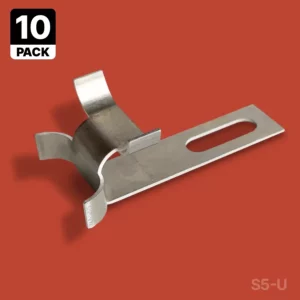
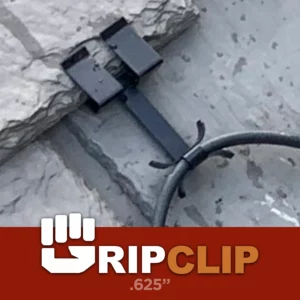
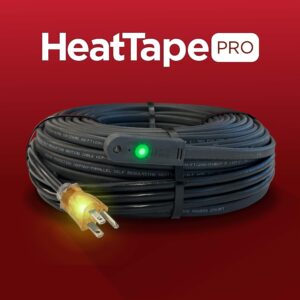
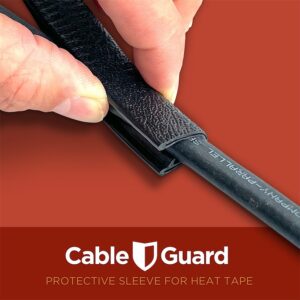

Find heat tape products & accessories for ice dam prevention and pipe freeze protection.
We may be able to help connect you with a Radiant Solutions Heat Tape installer in your area.
And Product Dimensions
Understand the problems that our products solve and the advantage Radiant Solutions has over our competitors.
Demand is high across the U.S. & installers are needed!
128-Bit encrypted connection
We’re here to help. We are a 35 year old, family-owned, American company who loves to hear from our customers.